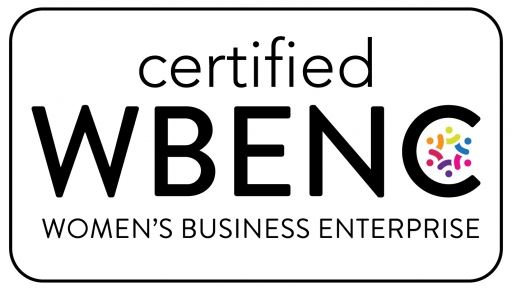
Through our work over the years, we’ve seen many frameworks and models for defining different types of innovation. Even so, we didn’t see many that clearly helped to frame the two primary ways that an organization can drive innovation — they can innovate WHAT they make or sell; and/or they can innovation HOW their business model works.
If you subscribe to those two broad levers as good ones to innovate with, you can think about degrees of how much you might tweak or disrupt along either of them — either making small tweaks or big disruptions to WHAT you make or sell; and/or making small tweaks or big disruptions to HOW your model works. This creates four quadrants or types of innovation that we believe organizations should think about and have efforts against.
4 quick examples to bring the WHAT/HOW framework to life:

Quadrant 1: Incremental – Mrs. Meyer’s Clean Day Radish Scent All Purpose Cleaner
This is a simple example of a small tweak to WHAT — a line extension behind a new perfume. Mrs. Meyer’s Clean Day didn’t make any significant disruptions to their business model or really to their basic product — very small tweaks (if any) to HOW their model works.

Quadrant 2: Adjacent – Aveda Men’s Line of Products
In this example, Aveda, which had long been a maker of hair products for women, distributed through higher end salons and traditional retail stores, created a new product line targeted to men, disrupting WHAT they sell. They largely still leverage their existing distribution channels, pricing models, referral models (i.e. using hairstylists to use and recommend their products), so they made very few changes to HOW their model works.

Quadrant 3: Adaptive – Bonobos’ Guideshop Concept
An example of Adaptive Innovation comes from Bonobos. Last fall, the online men’s retailer recognized that its online model was just one way they could reach their customers, so they formed a partnership with Nordstrom and created a new model. They didn’t fundamentally change WHAT they deliver – better fitting & looking mens clothes. But they disrupted HOW they delivered via a new brick & mortar guide shop concept they launched in cities like Boston, Chicago, San Francisco and New York:
- The Guideshop innovation enhances the overall buying experience for guys (one-on-one service, no pressure, no cash-register/in store purchasing) and eliminates barriers some guys perceive about online shopping (I want to see the clothes, not sure about sizes, etc.).
- They’re able to get real time feedback from customers that allows them to make faster decisions on which items to discontinue and which items to better promote.
To date, the guide shop concept has resulted in sales per square foot that are 5x that of a traditional retailer and a 90% conversion rate for guys who purchase online after visiting the store.

Quadrant 4: Transformative – Nike Fuel Band
The famed shoe-maker is known for a history of transformative innovations, and the Fuel Band is a great example. Nike disrupted both WHAT they were known for making or selling, and HOW their business model works by creating a device that allows consumers to view life as a sport.
By creating the fuel band, Nike expanded from shoes and apparel into a whole new category around sports accessories. They continued their journey into creating experiences, beyond their core of products. They disrupted their business model with new partnerships and connections to digital technology, ventured into new pricing models to drive adoption in this very different category and had to consider new elements around areas like maintenance, customer service, usage instructions and service (important for a digital product much more so than a running shoe).
Apply the Model
The primary reason we created this model was to help teams understand the importance of and the scope of Business Model Innovation (adapting how you create, deliver and capture value) — which happens in both the Adaptive and Transformational Quadrants. The goal for any organization is to create a portfolio of innovation projects that span across these four types.
How might you apply this framework/model to your business to identify new opportunities for innovation?
The Garage Group brings entrepreneurial approaches to discovering insights and building big ideas.


